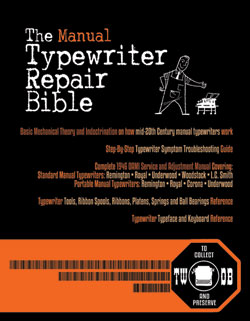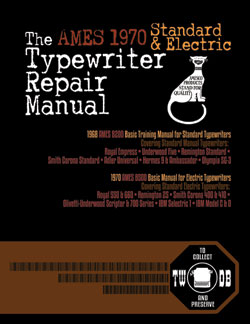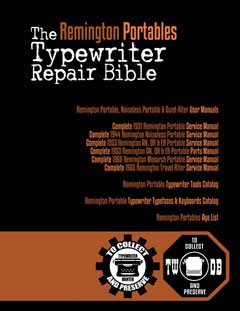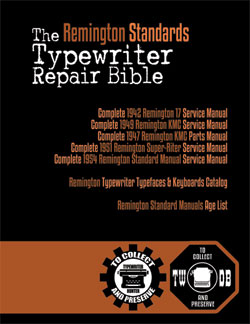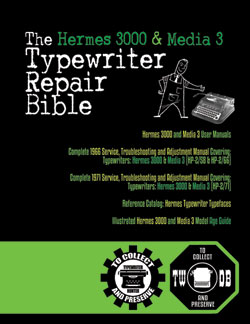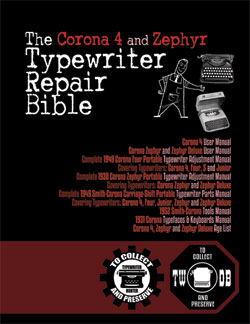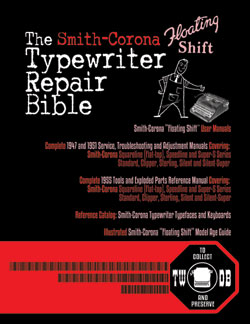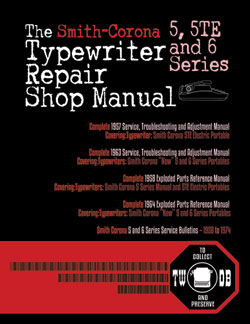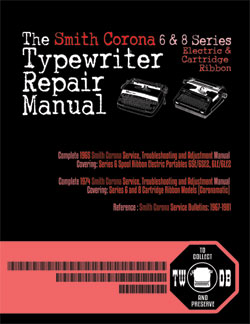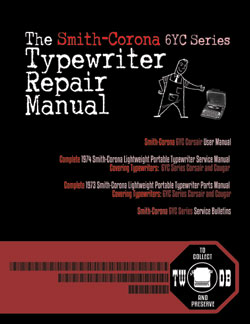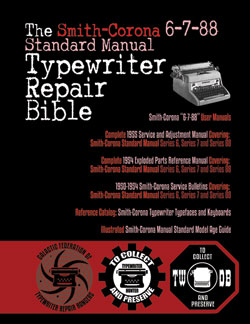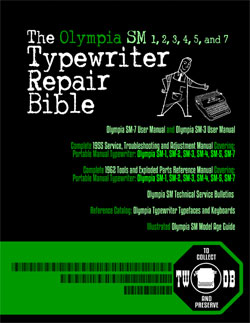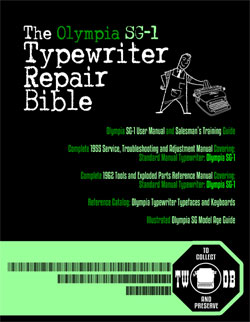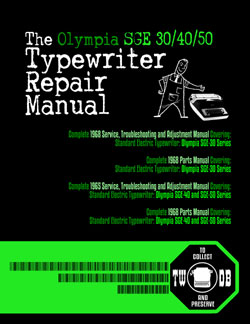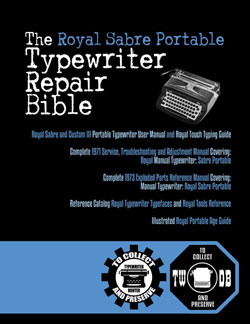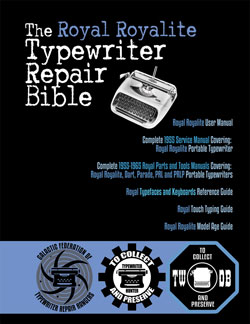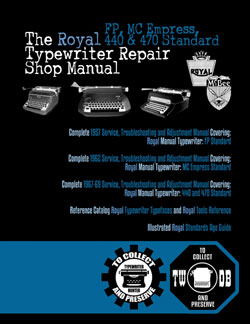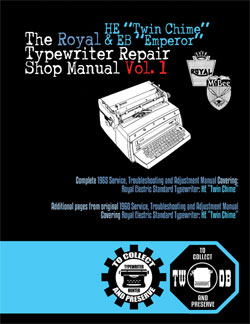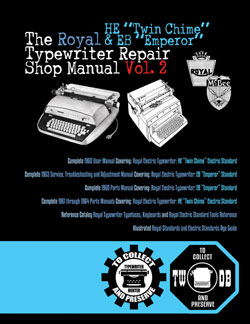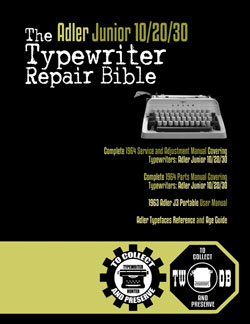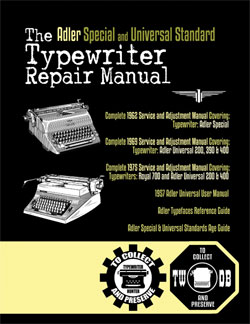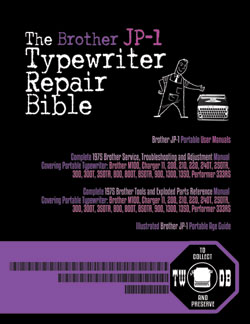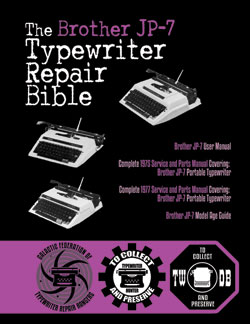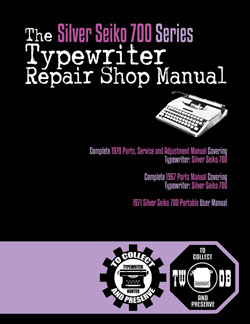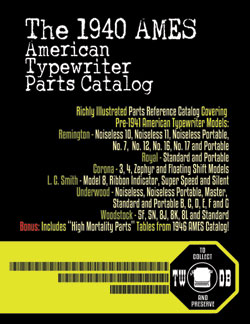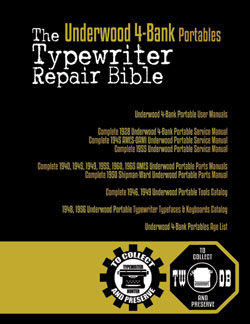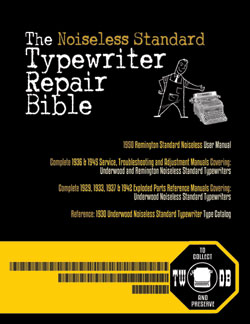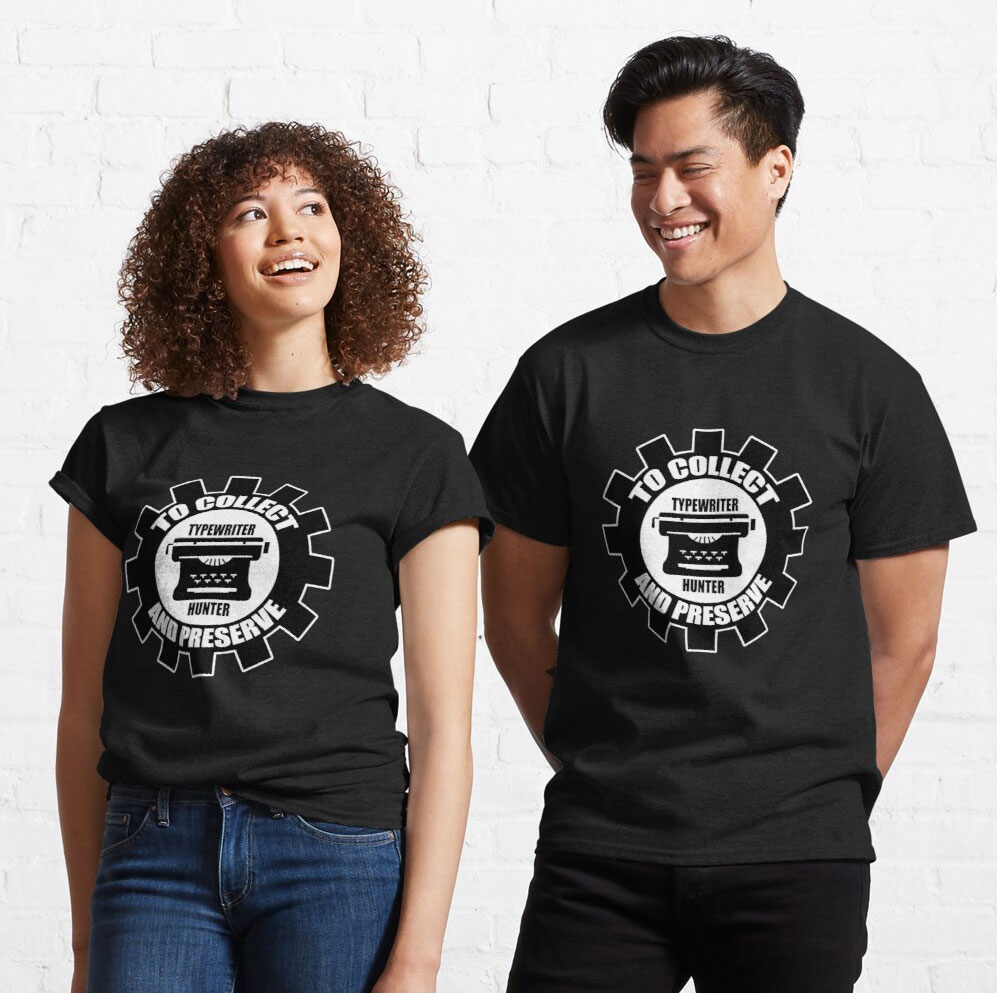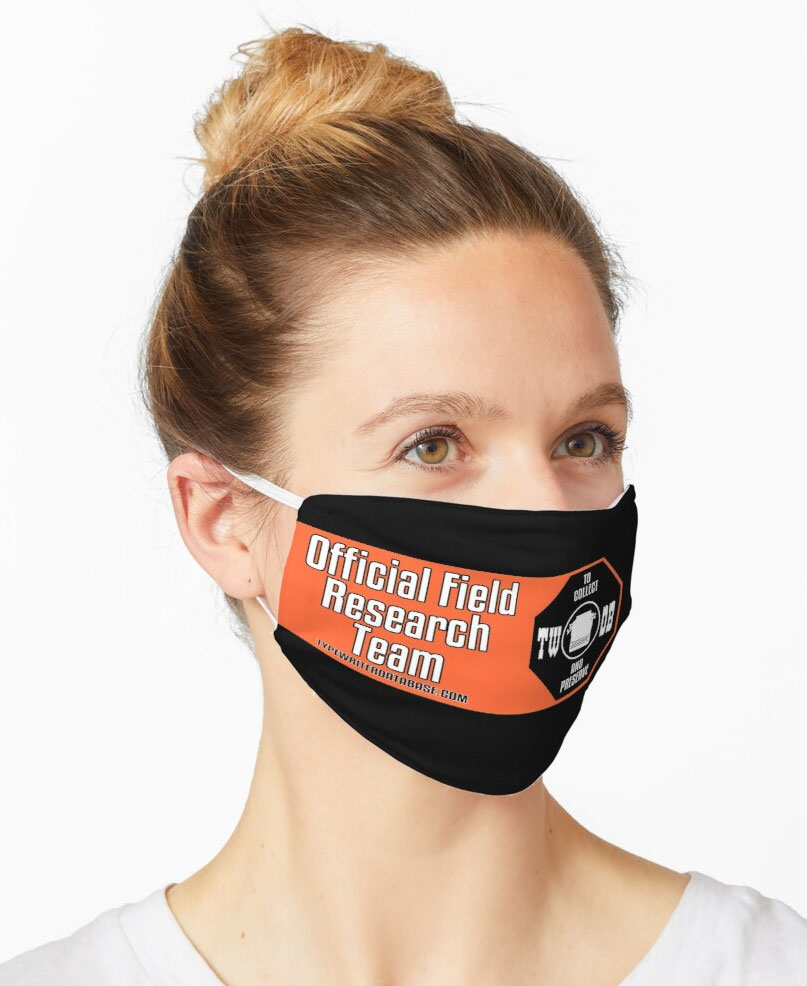1938 Olympia Filia #85894
Status: My Collection
Hunter: Paolo Dal Chiele (pdcox)
Created: 08-05-2020 at 03:50AM
Last Edit: 10-27-2020 at 11:11AM
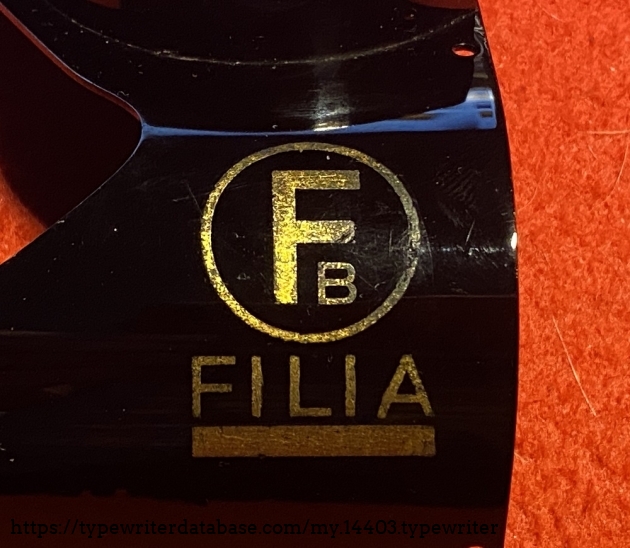
Description:
With the second Filia B, the moment has come to explain why I donāt like this machine. In his book Volkswagen, People's Receiver, National Community - Popular products in the Third Reich: on the failure of a national socialist consumer society, Wolfgang Koening developed the concept that after the coming of Hitler to power in 1933, Germany had to make up for a backlog with regard to the important indicators of a consumer society, especially compared to the United States, with the help of a federally controlled economy under conditions of scant resources, a shortage of foreign exchange and frozen wages. A National Socialist consumer society was to be developed by providing inexpensive infrastructure, consumer goods, and various services through the promotion of folk products for the broad masses. This would correspond to the socialist self-concept of the Nazi state. In his work Koening analyzed folk broadcast receivers, folk-television receivers, folk accommodations, folk refrigerators, folk vehicles (the KDFWagen, aka the Beetle) and tourism; if he had extended his analysis to typewriters, Koening would have studied the case of the Olympia Filia, the only German typewriter to my knowledge to have been designed to perfectly match the requirements of the Nazi government.
In few words, the Filia is the volkschreibmaschine.
In fact, one advertising of the Filia decribed it as der volksempfanger unter den schreibemaschine (the people's receiver among the typewriters) with a clear reference to one of most successful volks product of the time, and another stressed that the Filia could have been purchased for nur wenig uber 100 RM (just a little over 100 RM), with a clear reference to the target price that recall the well famous political selling price of the Volkswagen that was fixed at 1,000 RM.
What is interesting is that the Filia had to be unusually cheap to be a volk product compared with the products already on the market, but it was not cheap to produce, requiring specific tooling to produce complex parts such as the multi-function transversal element that required complex and precise sheet metal forming. Such investments could have been economically justified only in case of mass production, and considering that this product was addressed mainly if not exclusively to the domestic market, there was not little hazard behind the Filia.
From 1934 to 1940, the total number of Filia produced (including those produced under other brands) was according to the Database of about 110.000, compared with almost 400,000 portables produced in the same period and including the Simplex, Progress and Elite, confirming that it was a commercial success. As a comparison, the salary of a secretary in Germany in the thirties was of about 100 RM, and it is to be added that the Filia could also have been purchased in advantageous instalments, which confirm the government willing to support the selling of this specific model.
So, if you put side by side a Filia and a Robust with the infamous rune key, and you ask ask yourself which one contributed the most is more representative of the Nazi regime, the reply is the Filia.
This particularly machine from 1938 had the feed rollers gone, and I had to rebuild them. For the rest the usual cleaning and oiling, to get it again in good shape. I call it Arnold from the name of the supervisor who has left his signature behind the typebars guide. It took a lot of time to clean the typebars that were very dirty with ink used to refresh the ribbon during a period when consumable were not available, during the last period of the war or immediately after the war ended.
(Typeface sample added...).
Typeface Specimen:
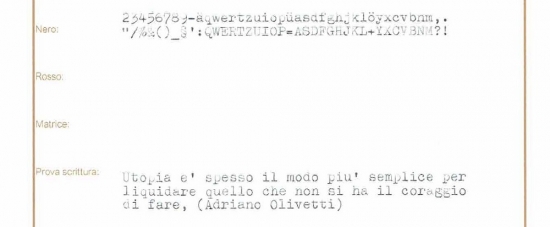
Photos:
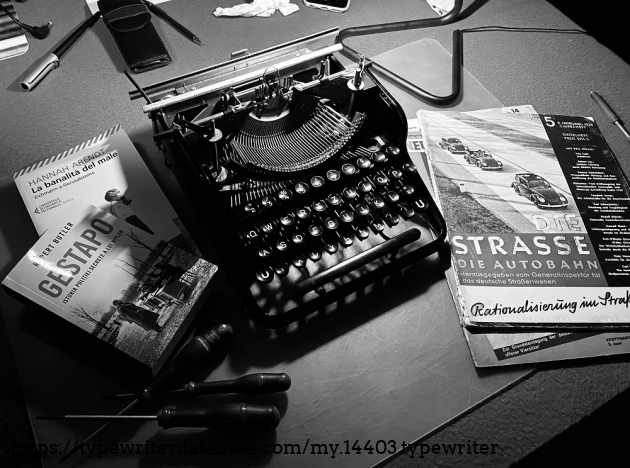
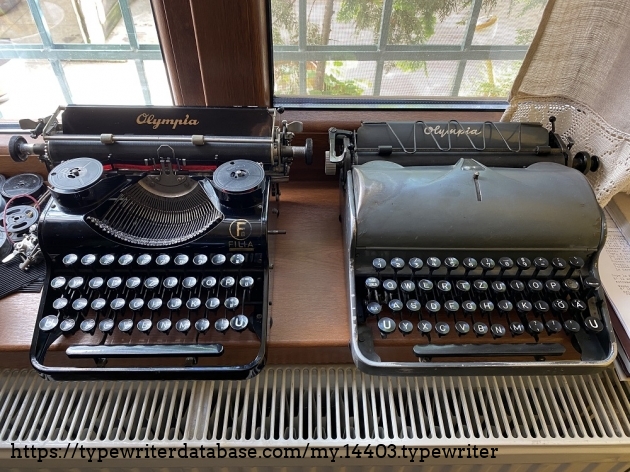
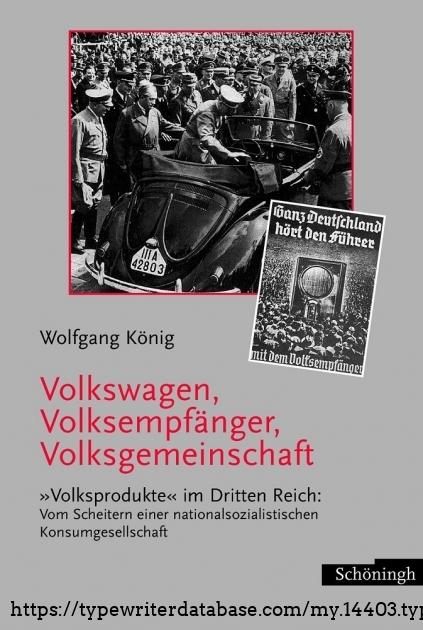
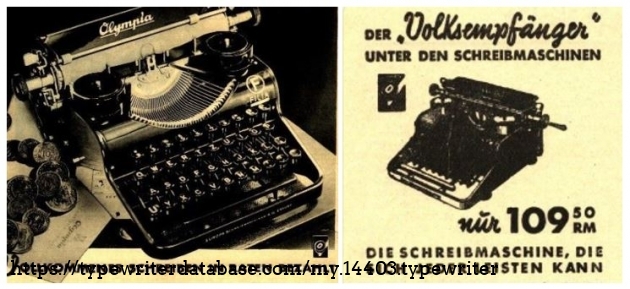
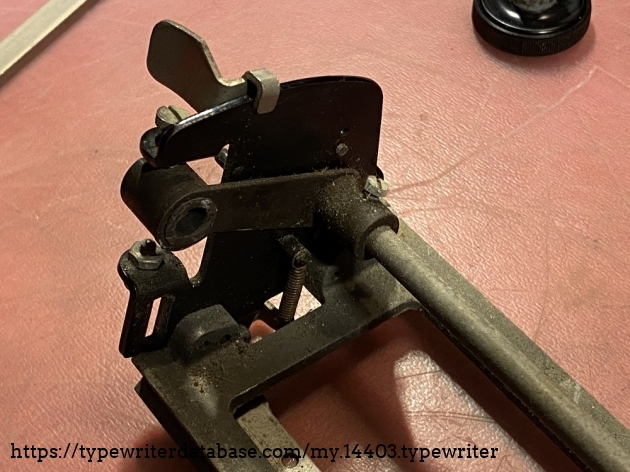
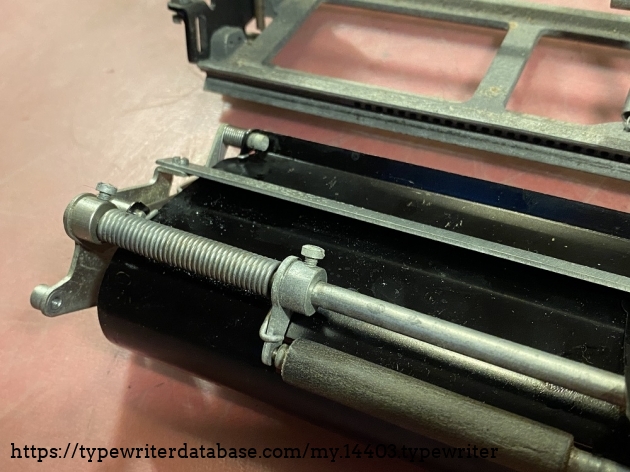
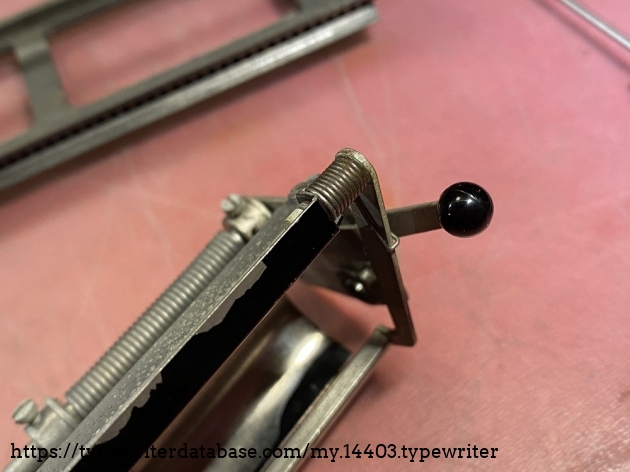
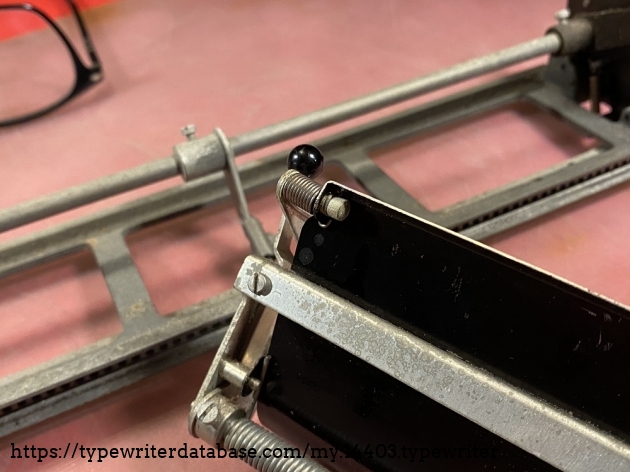
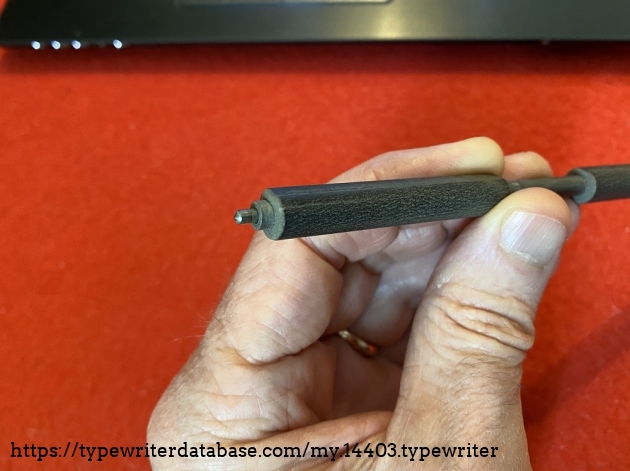
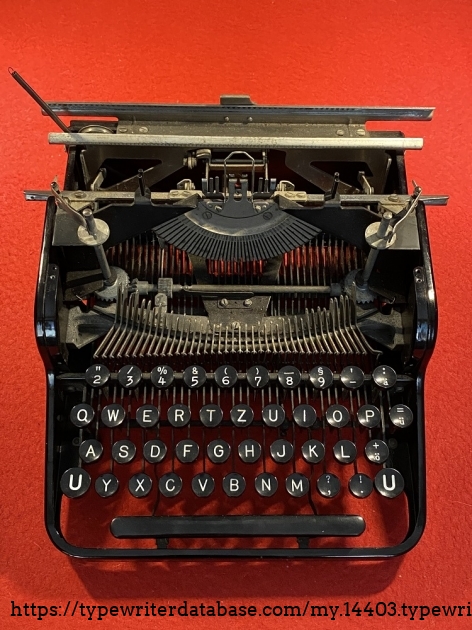
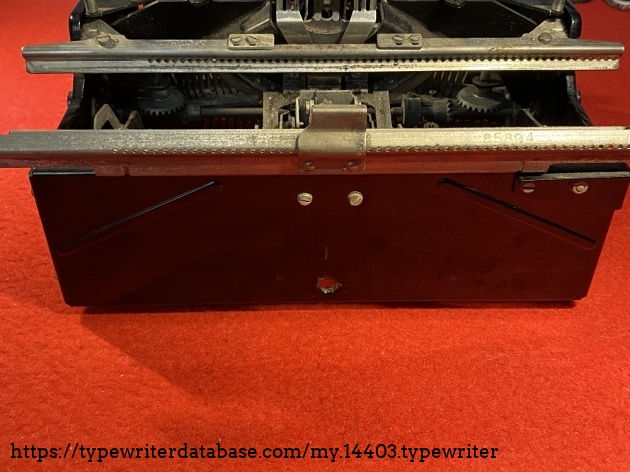
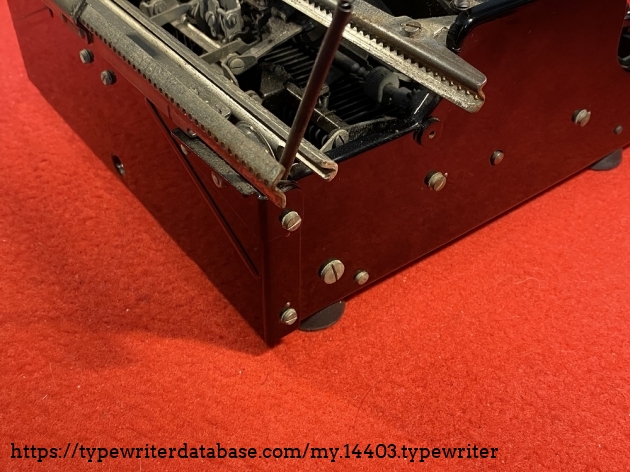
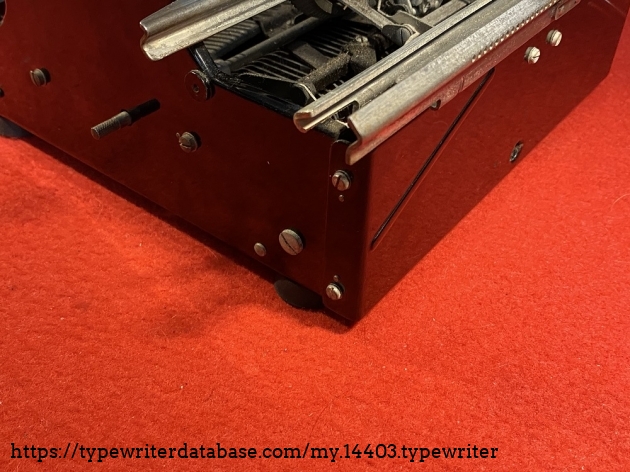
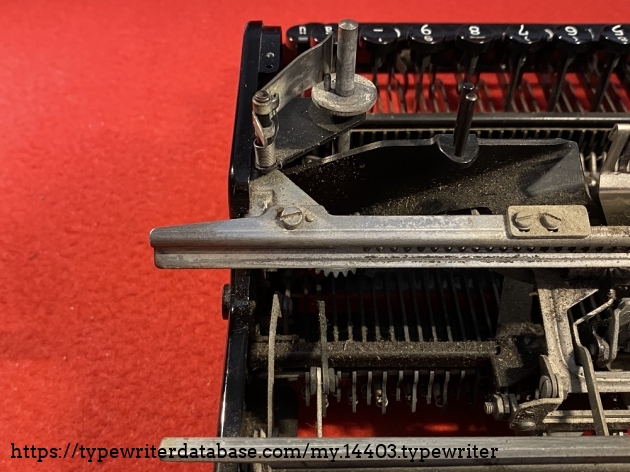
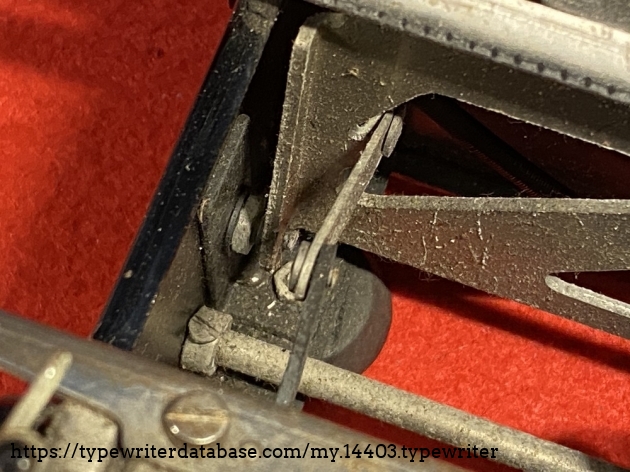
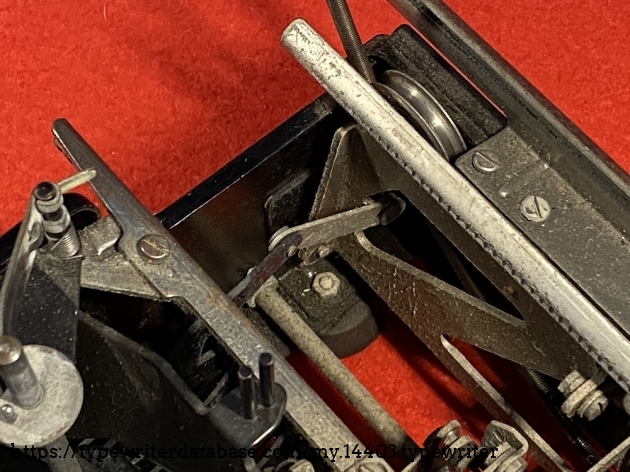
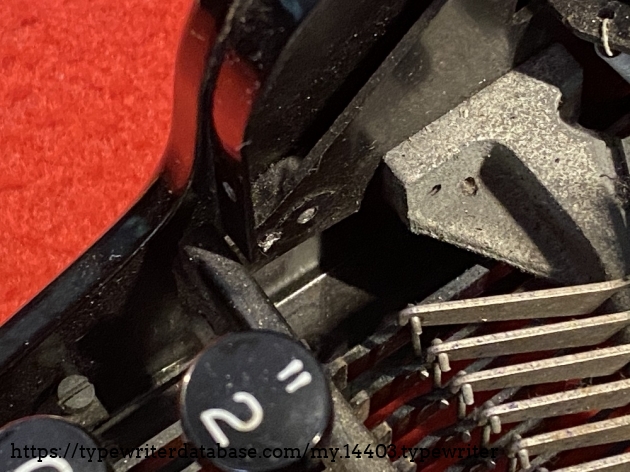
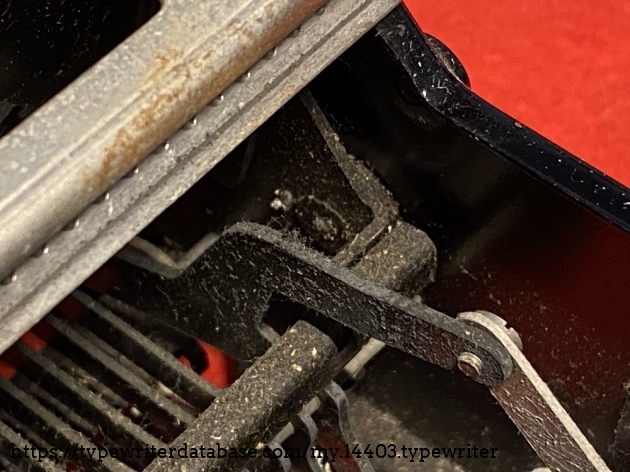
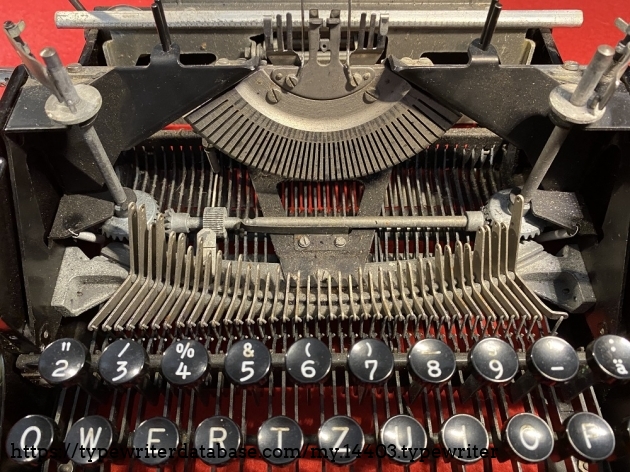
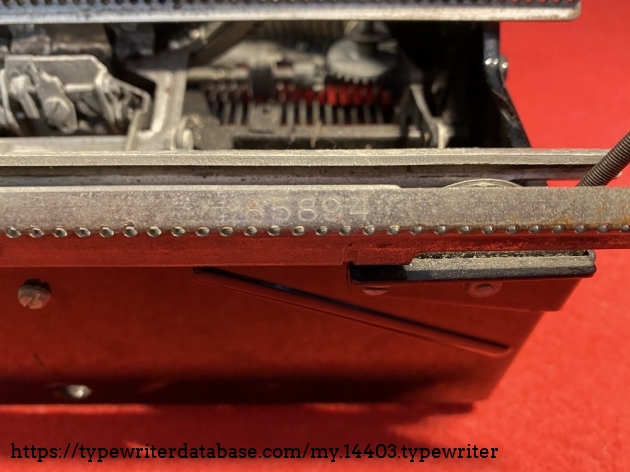
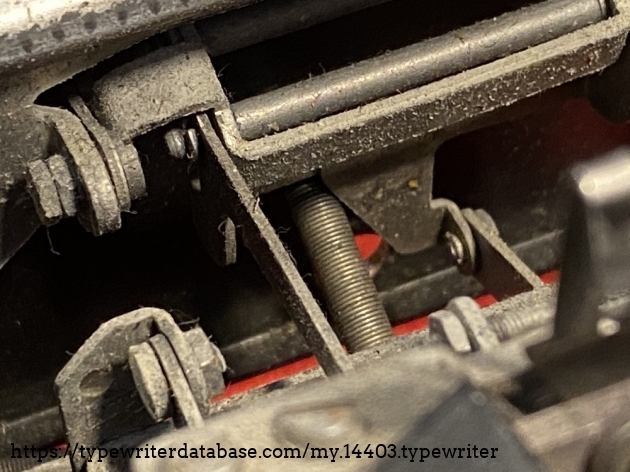
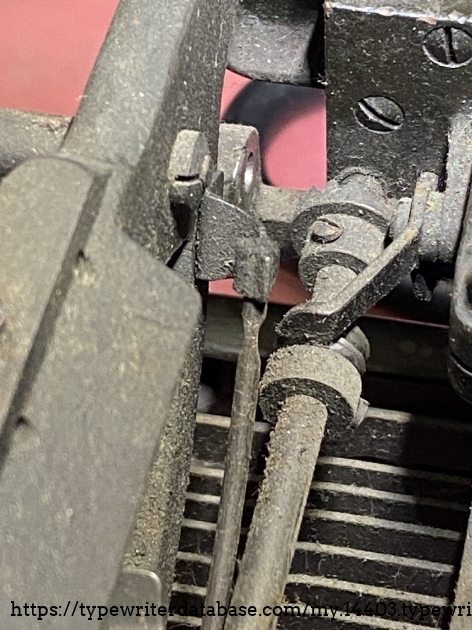
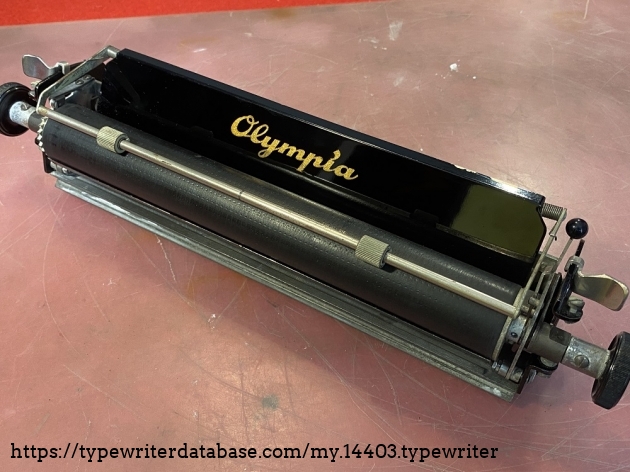
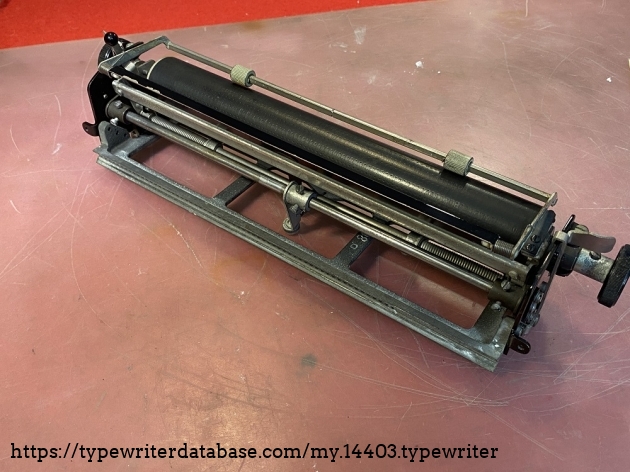
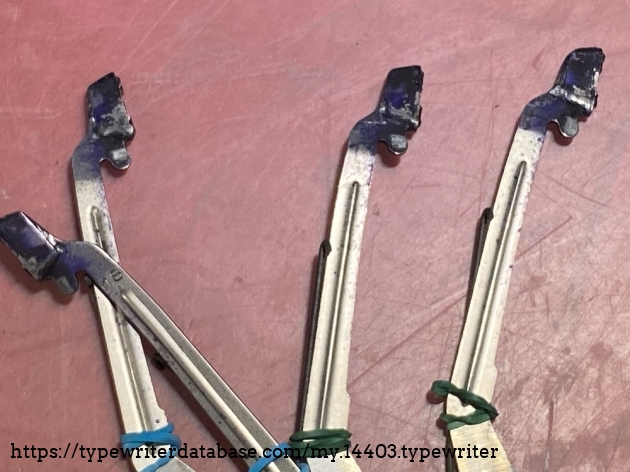
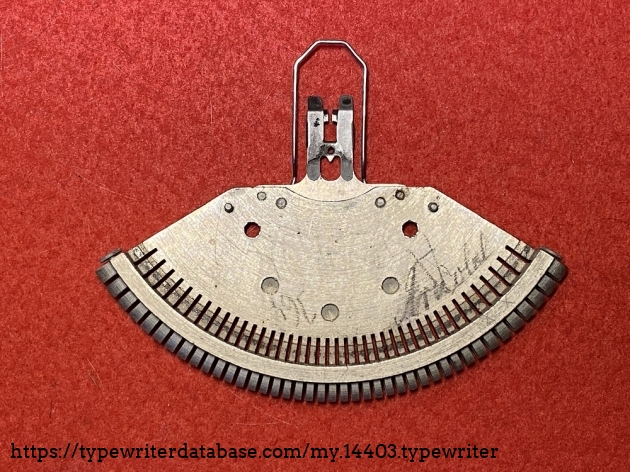
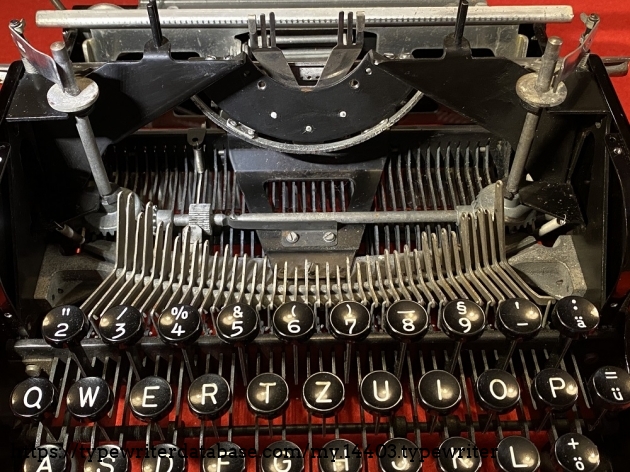
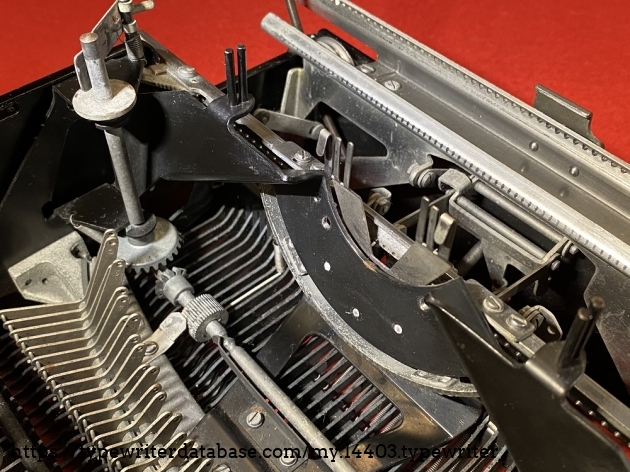
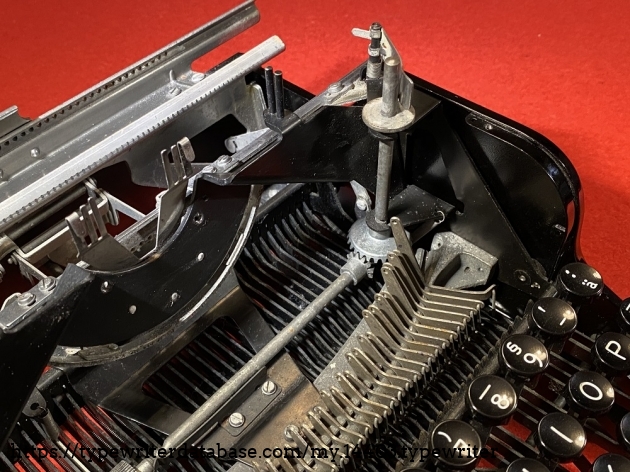
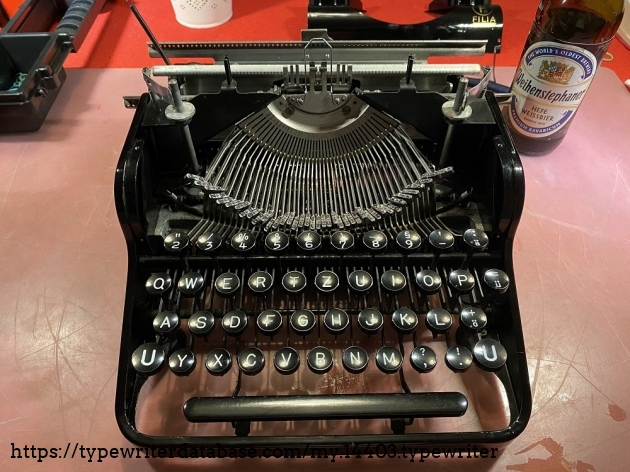
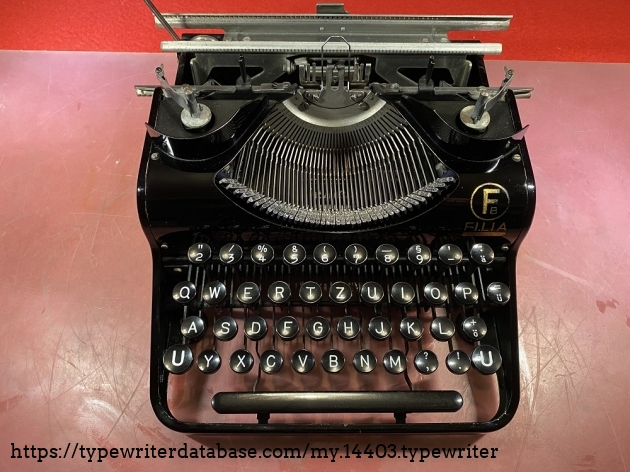
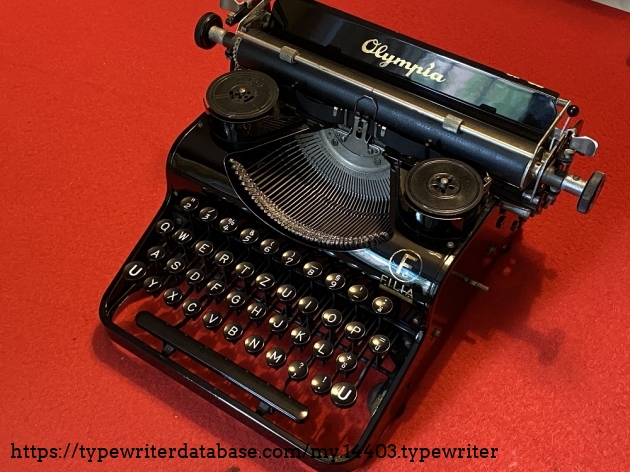
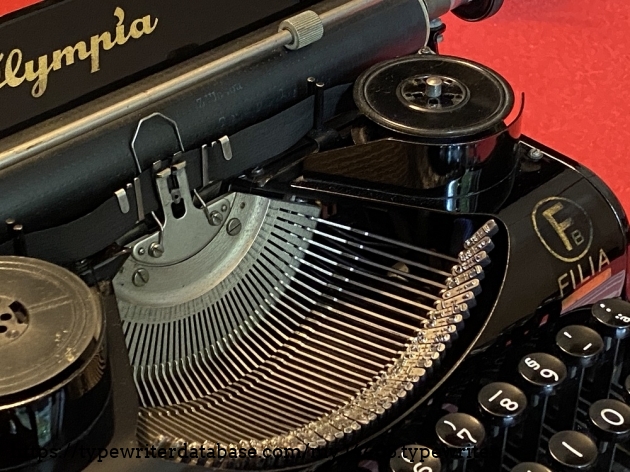
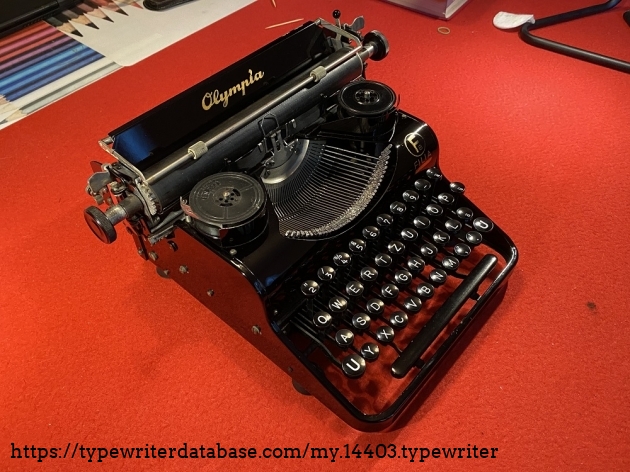
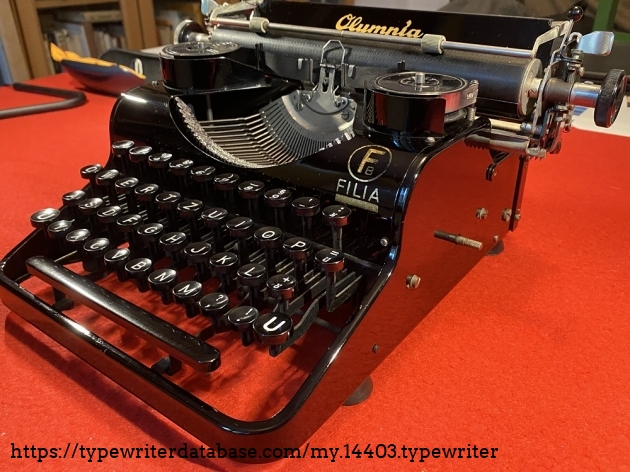
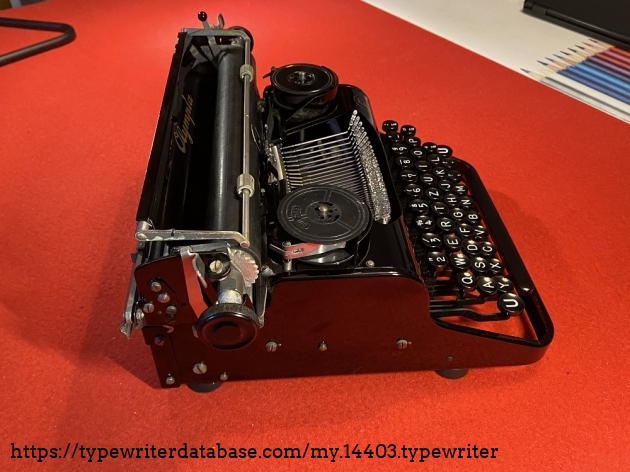
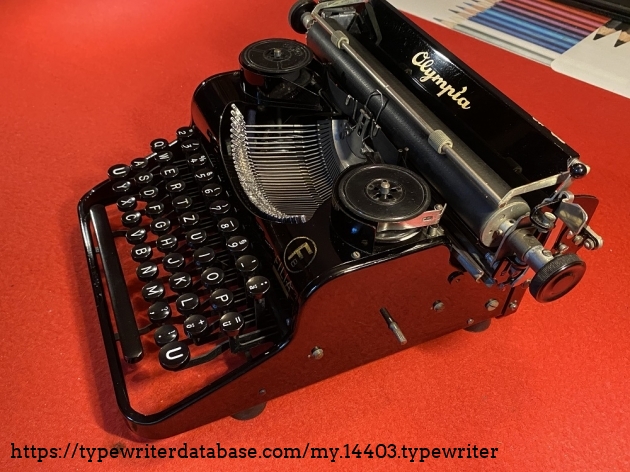
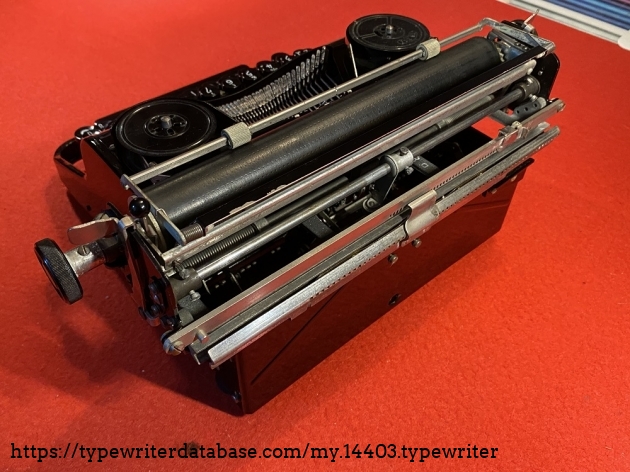
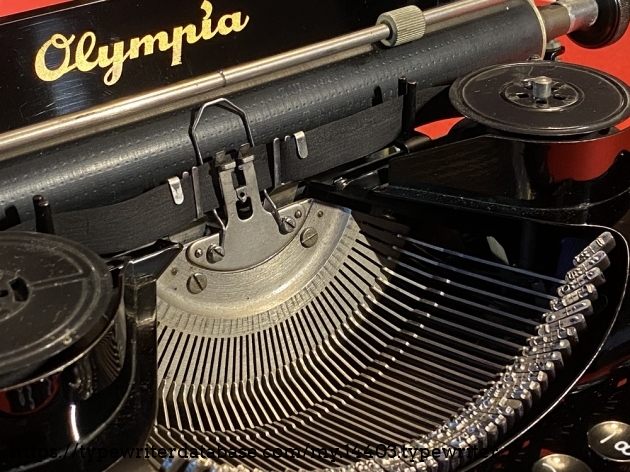
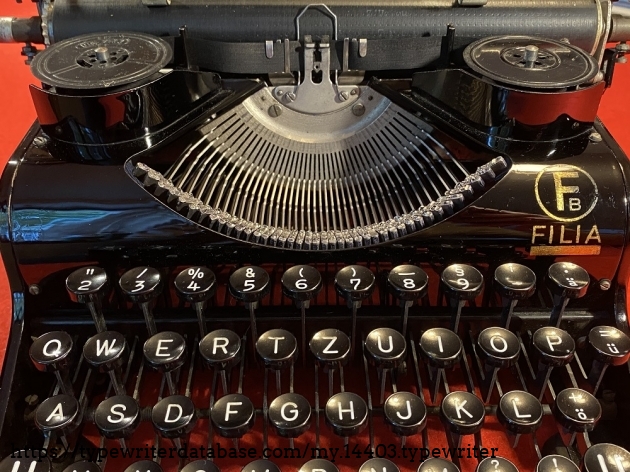
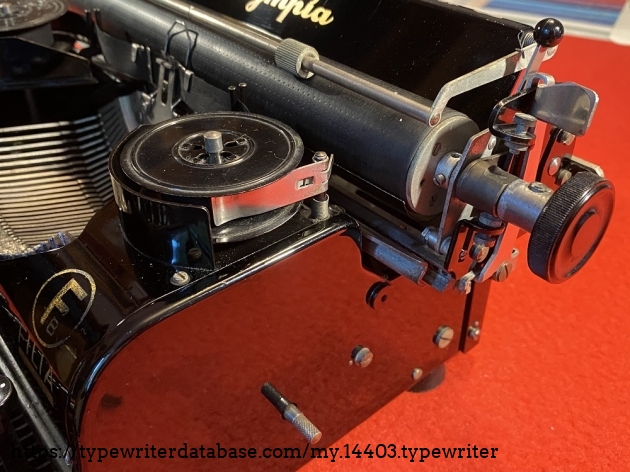
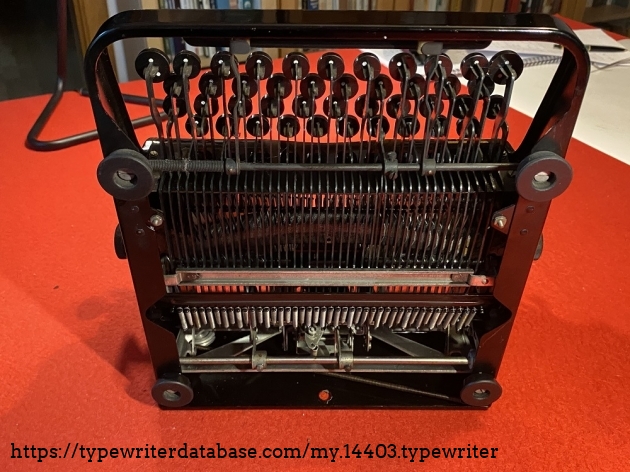
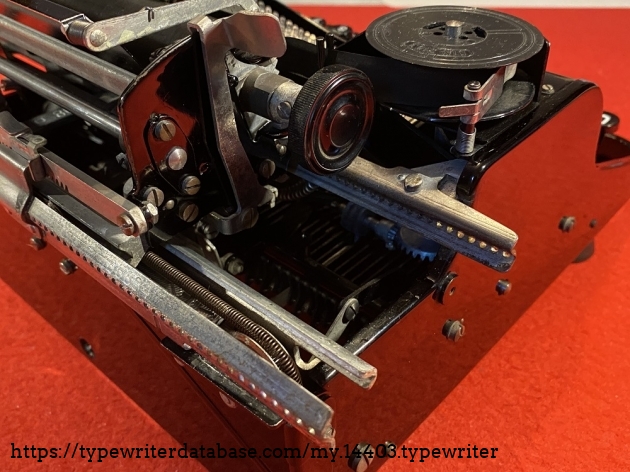
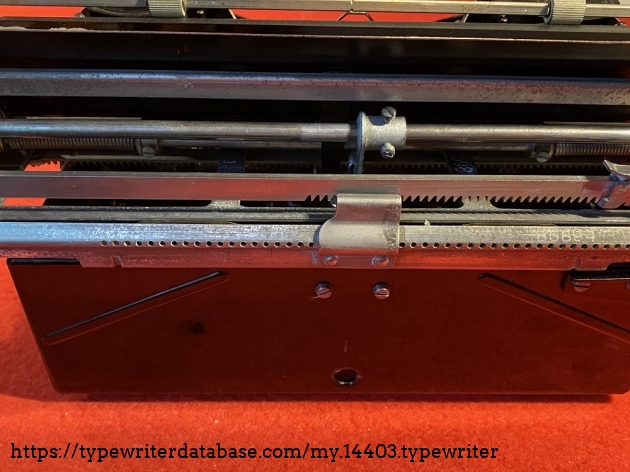
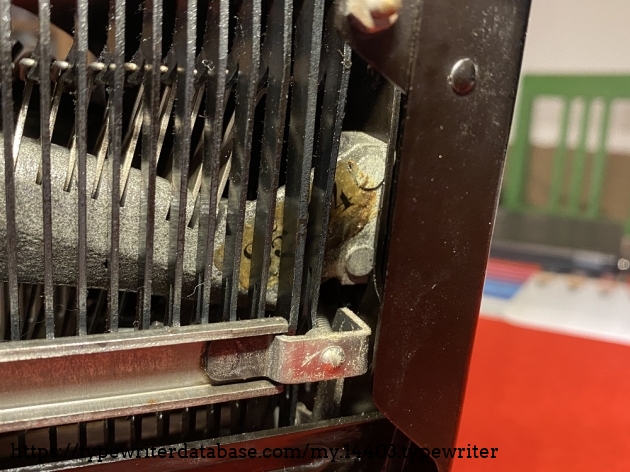
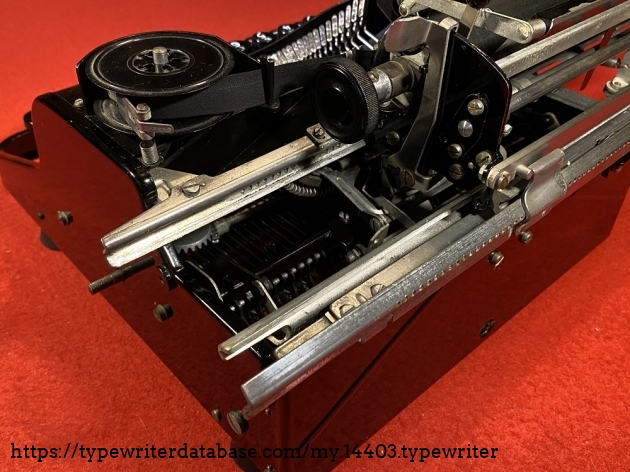
Hunter: Paolo Dal Chiele (pdcox)
Paolo Dal Chiele's Typewriter Galleries [ My Collection ] [ My Sightings ]

Status: Typewriter Hunter
Points: 3152
Interested in historic motoring and vintage cars, I received a typewriter as a bonus when I bought and old off-road car. The previous owner had found somewhere a typewriter produced for the German army and when he sold me the car he gave me the typewriter too. As I learned later, it was a1961 Olympia SM7 Robust..
Of the typewriters I value more character than perfection, the signs that time has left and the stories - or fragments of stories - of those who used them ...
RESEARCH NOTE: When researching the Olympia Filia on a computer with lots of screen real estate, you may find that launching the Olympia Serial Number page and the Olympia Filia By Model/Year/Serial page in new browser windows can give you interesting perspectives on changes throughout the model series.
